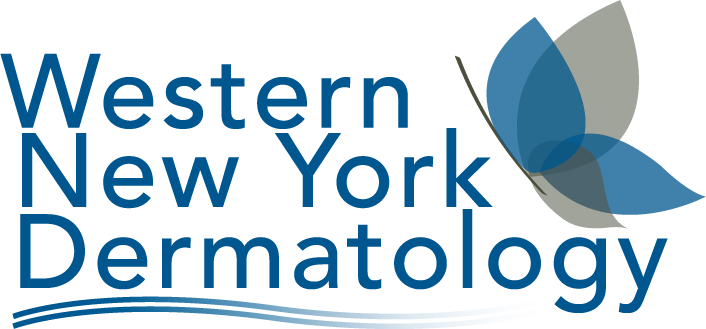There's more than one type of psoriasis.
There’s more than one type of psoriasis.
Did you know that there is more than one type of psoriasis?
We can work with you to build a treatment plan to help you manage your symptoms.
There’s more than one type of psoriasis.
Plaque
The most common type, which is marked by well-documented red areas, with silvery/scaly patches, is usually found on the elbows, knees, and/or tailbone.
Inverse
Formed on the areas of skin that touch skin, such as the armpits, groin, or underneath the breasts, causing smooth, bright red patches of raw-feeling skin.
Gutatte
Can develop after an infection such as strep throat, causing spots on the skin that are small, pink, and scaly, found on the torso, legs, and arms.
Erythrodermic
Plaque psoriasis often turns into erythrodermic psoriasis and can occur when:
-
Severe plaque psoriasis is out of control
-
There is sunburn or an allergic reaction
-
Medication is discontinued too quickly
Pustular
Pus-filled bumps, often on the hands, feet or both.
Nails
Found on the nails and marked by tiny dents, discoloration, or nails that are lifting away from the nail beds.
Joints
Psoriatic arthritis, possibly developing years after psoriasis on the skin, which affects the joints and requires those with psoriasis to pay close attention and alert their dermatologist if issues arise so that treatment can begin as soon as possible
Types of psoriasis
Did you know there is more than one type of psoriasis? If any of these match your issues, give us a call.
